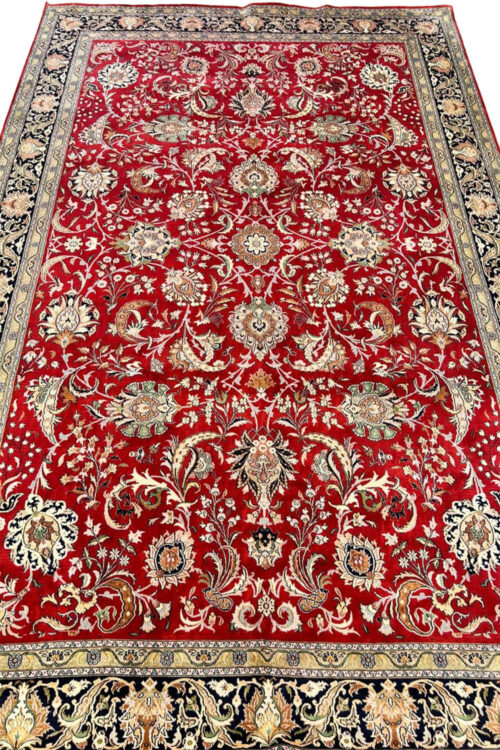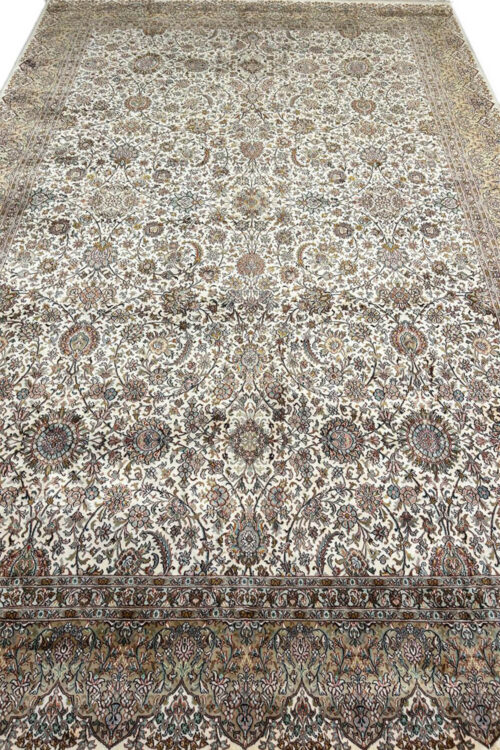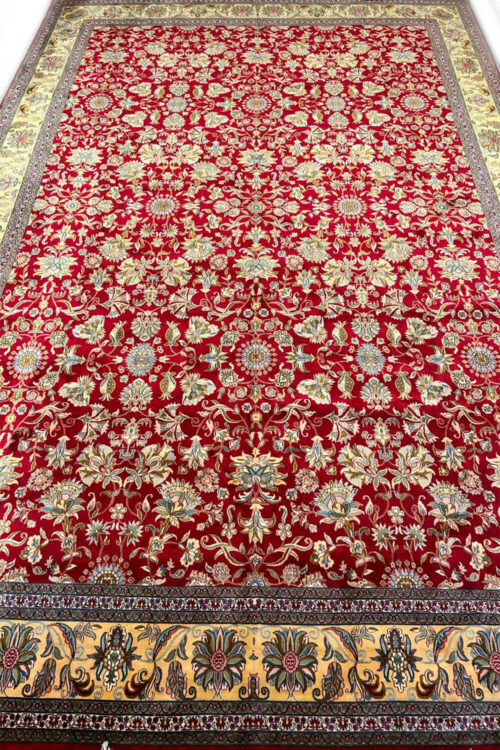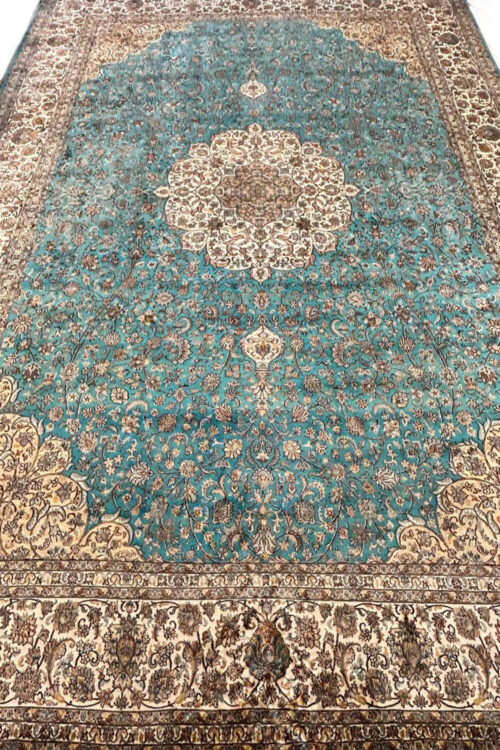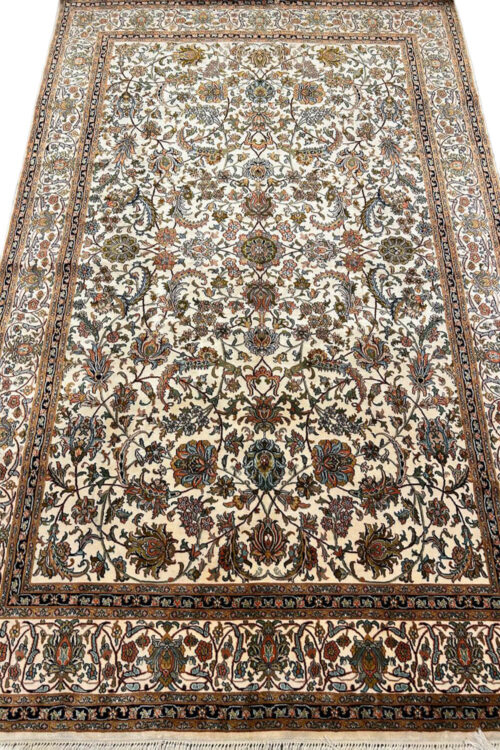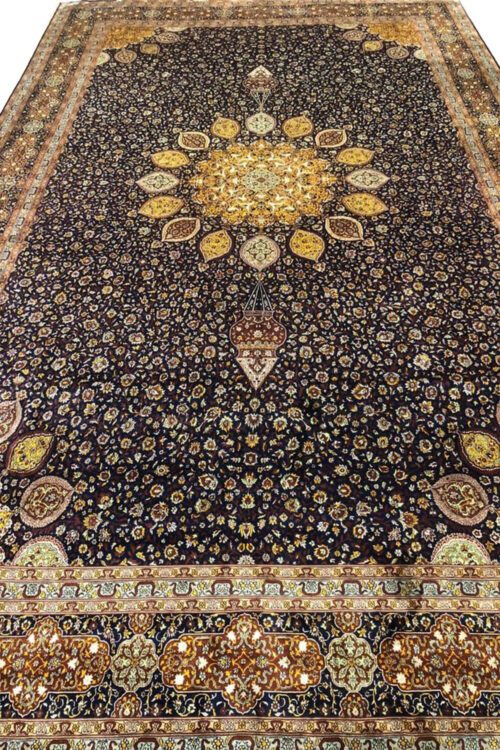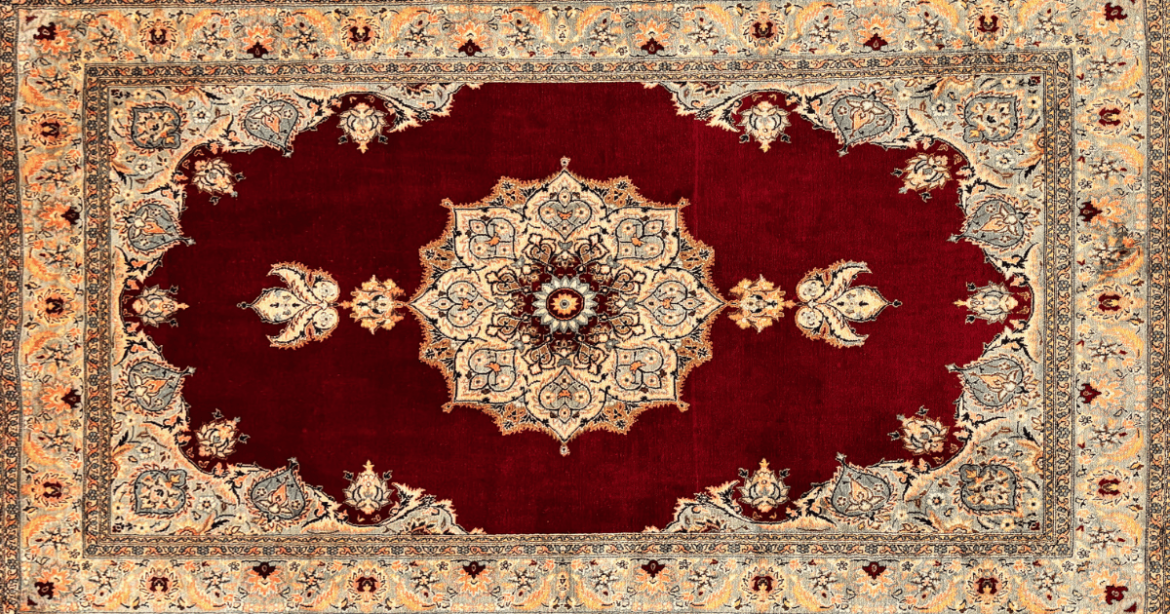 Nov 07
Nov 07 Why are Pure Silk Carpets becoming rare and hard to find?
- November 7, 2024
- 0 Comment(s)
The love for silk carpets is indisputable as their beauty, designs, and soft texture can only be dreamt of. But in the last decade, decorators and collectors had frowned upon the original carpets as they could hardly be found. So what brings us to this scarcity? These are the questions this article seeks to answer as they expand on the reasons for the decreased production of such pure silk carpets which are now in greater demand.
Very Expensive Raw Silk
The creation of pure silk is a tedious and rough process, which begins with the deflation of silk from silkworms, which requires great care. Raw in good silk condition is high in costs and the need for silk in other industries like fashion and interior design only adds to this cost. Consequently, many of the carpet manufacturers have moved on to less expensive alternatives such as wool and wool-silk carpets, restricting pure silk carpets to a high-end only market.
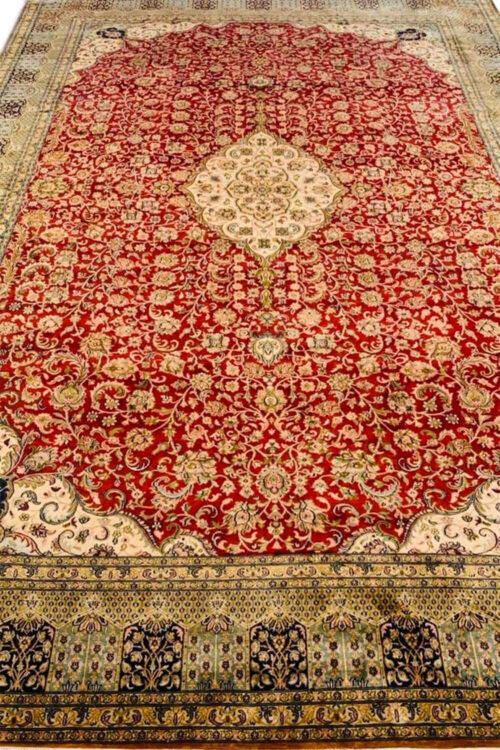
Decrease in Skilled Artisans
A properly handknotted pure silk carpet is an art that can only be performed by highly skilled weavers who are extensively more experienced in the field. It is a sad reality that not many youths are venturing into this field while old artisans are getting older without leaving any successors. The patterns are elaborated and the process of silk carpet weaving is time consuming as it often takes months and years to complete thus most artisans have avoided it leading to the scarcity of supply of these beautiful pieces.
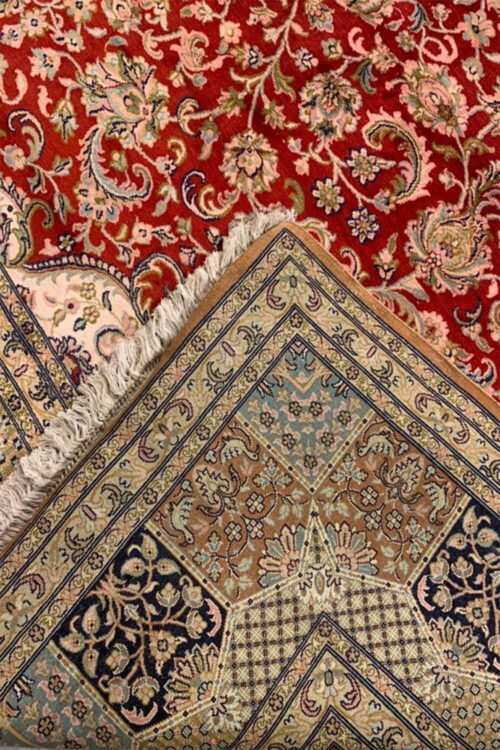
Synthetic Alternatives
Now replacing silk carpets, viscose has steadily risen in popularity in line with the development of textile technology. Synthetic materials are relatively cheap, and have the same visual appearance, but do not have the quality that the natural silk possesses. Still the existence of these substitutes has caused a majority of the buyers to settle for cheaper alternatives and this cuts the demand for genuine silk carpets, making the carpets become more difficult to find in the market.
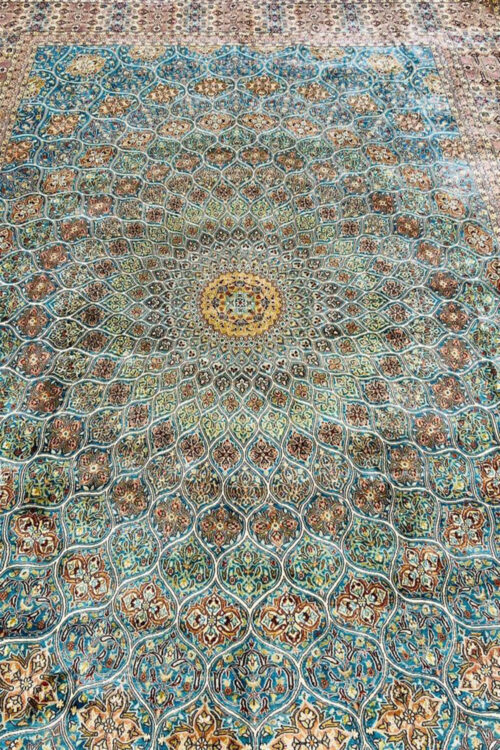
Environmental and Ethical Practices
The issue of silk production, which is quite resource intensive, is seen to have taken its toll on mother nature and many buyers are becoming eco conscious as well as the artisans. This shift has also affected the carpet industry whereby more consumers are opting for eco-friendly and responsibly sourced materials which also adds to the reduction of the silk carpet’s market availability.
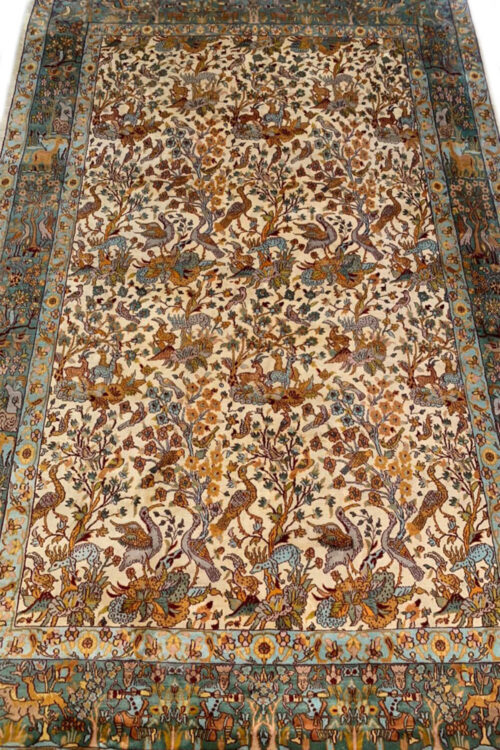
Collector’s item and Worthy of Investment
Pure silk carpets are very few in the market and therefore their collectors value them a lot. A handknotted silk carpet elevates the aesthetics of an interior space as well as an asset in the long run, with an appreciation potential, which synthetic or blended carpets rarely possess. The ownership of a silk carpet maintains luxury and a strong exclusivity differentiation making it an attractive object for collectors who understand artistry in the form of a tapestry and its economics surrounding it alongside craftsmanship blending in such drapery pieces.
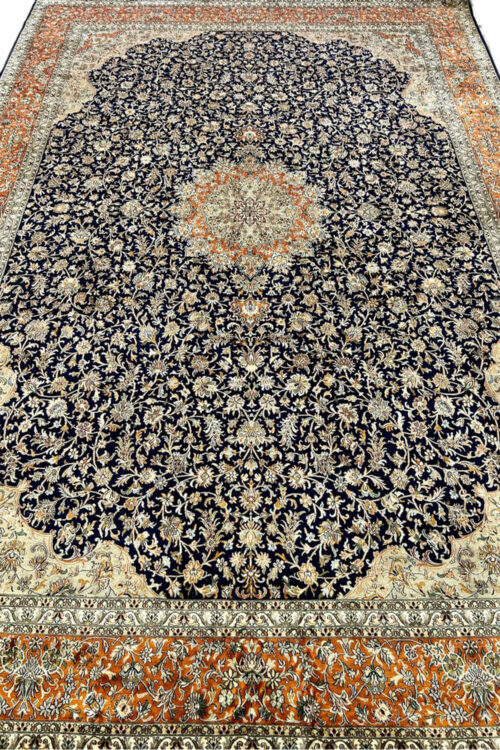
A Heritage that Should be Safe and Passed Down the Generations
At Yak Carpet, recalling the prominence of pure silk carpets and the narrative buried within every piece of fabric is important. Our collection consists of exquisite pieces of work made by those who have committed their lives to this dying art of silk weaving. Wearing a pure silk carpet is not only an enhancement of elegance to your home, but also a safeguarding of heritage that needs to be embraced and carried on for many years to come.
While 100% silk carpets may be difficult to come across, their scarcity adds to the charm and the value. To possess one is to pay homage to a dying art, hence, each one is more than just a carpet but a legacy that can be passed down.
Also read: How to buy an authentic Pure Silk Carpet?



